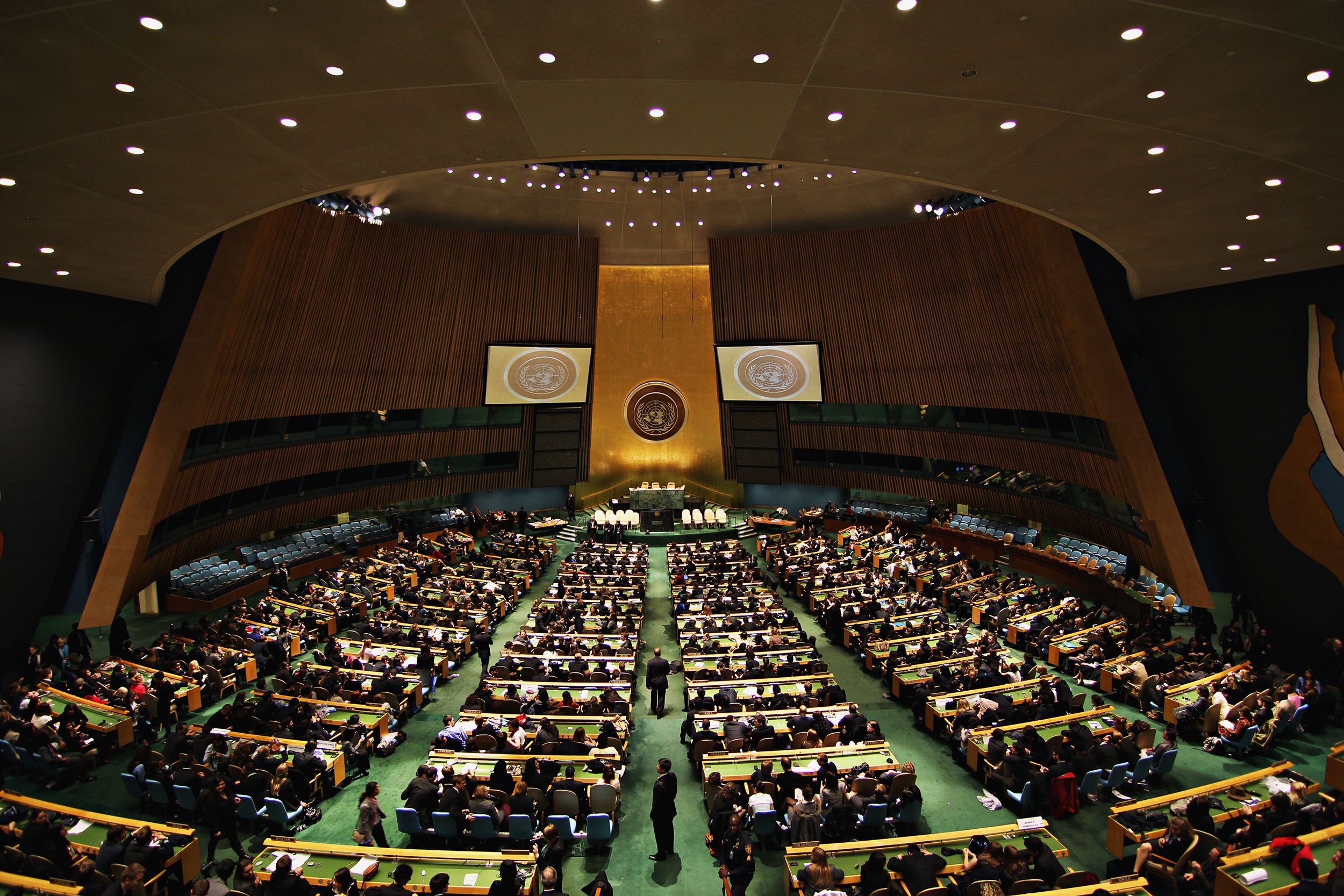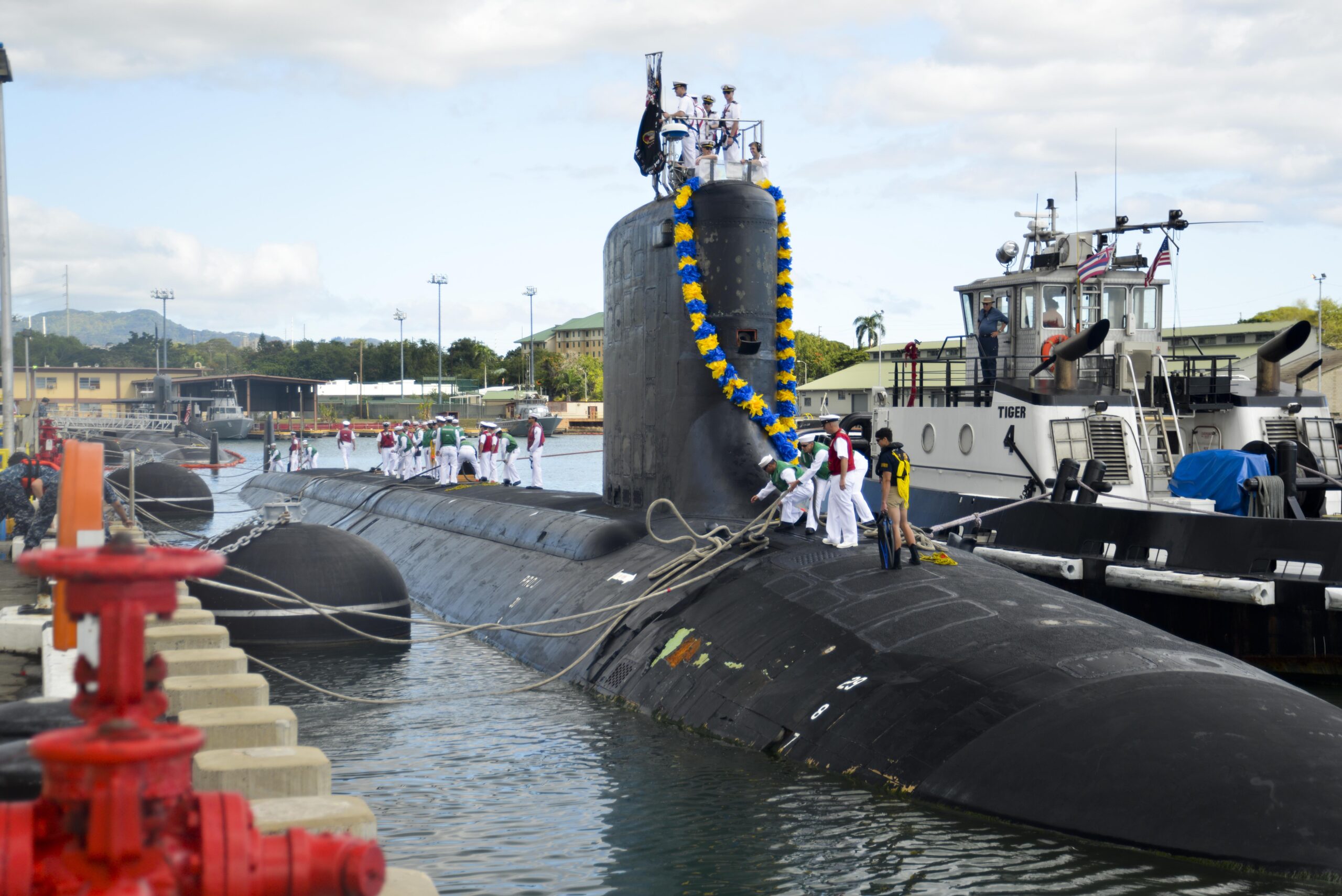Banning Nuclear Weapons: Don’t Be Deceived
“Parnell came down the road, he said to a cheering man: ‘Ireland shall get her freedom and you still break stone.'”- WB Yeats
The TPNW will come into force on 22 January 2021. For some, this is a cause for celebration. The Nobel prize-winning International Campaign to Abolish Nuclear Weapons (ICAN) declares nuclear weapons will be banned under international law. Another disarmament advocacy group “Reaching Critical Will” (RCW) effuses that, as of that date, nuclear weapons will be unlawful. But the treaty is victim to Parnell’s aforementioned dilemma. ICAN concedes the treaty will not bring about any immediate change in the global situation, and RCW acknowledges that the Treaty’s provisions are legally binding only on its members.
Indeed, as forcibly stated by another leading nuclear disarmament advocacy group, the Asia Pacific Leadership Network for Nuclear Non-Proliferation and Disarmament, there is no prospect whatever of any of the nuclear-armed states joining the treaty. So the TPNW will not eliminate one nuclear weapon, and will do nothing to reduce the number or intensity of global nuclear risks that run the fault lines of Asia and the Middle East. Nor will it do anything to lessen the tensions resulting from 70 years of nuclear confrontation between America and Russia. Existing nuclear arms control agreements that had moderated that conflict are dead or dying.
Celebration?
So what is there to celebrate? Clearly the TPNW is a powerful message of deeply held beliefs that nuclear weapons are inhumane and must never again be used. It is also an expression of countries’ frustration at the failure-to-date of UN disarmament machinery, including the Nuclear Non-Proliferation Treaty (NPT), to progress multilateral nuclear arms controls. The Conference on Disarmament has been deadlocked since the conclusion of the Comprehensive Nuclear Test Ban Treaty in 1996. The lavish promises of the 1995 NPT Review and Extension Conference have failed to materialise. While the total number of warheads has declined over the last 30 years from over 70,000 to 14,000, there remains a startling capacity to destroy the globe several times over. And rather than diminishing the salience of nuclear weapons in their security postures, the major nuclear powers have created new high levels of strategic competition and instability.
TPNW advocates argue the entry into force of the treaty will strengthen the normative force against nuclear weapons and help establish customary international law that will, over time, impact the policies and practices of all governments. ICAN sees growing reputational pressure on countries that do not join the treaty, and cites the building of financial pressure on nuclear powers through divestment. Perhaps.
It is invidious for advocates of nuclear disarmament to be concerned about the impact of the TPNW. But here are some reasons why we should be.
First, asserting the treaty’s entry into force makes nuclear weapons illegal is wrong and harmful. It distracts from the reality of a world of growing nuclear risks. It is equally misleading to claim the TPNW closes a gap in the legal framework for banning all weapons of mass destruction, again implying, incorrectly, “job done.” The treaties banning chemical and biological weapons were negotiated with the major possessor states and their entry into force had immediate disarmament benefits in the destruction of stocks and the creation of strategic confidence. Sadly not so with the TPNW.
Second, efforts now deployed by TPNW advocates to grow the membership and other aspects of the treaty’s implementation are resources that could be more usefully deployed to confidence building and threat reduction initiatives.
Third, creating another forum for promotion of nuclear disarmament, minus the nuclear armed states, will distract from and potentially weaken the one existing and almost universally accepted instrument for containing nuclear risks, the Nuclear Non-Proliferation Treaty (NPT). Adherents to the TPNW have declared their intention not to detract from the NPT – and with good reason. More than 180 countries have already made legally binding commitments under the NPT never to acquire nuclear weapons, verified by on-site inspections conducted by the International Atomic Energy Agency. Further, the NPT includes five nuclear-armed states, China, France, Russia, the United Kingdom, and United States. Those five states are legally obligated by Article VI of the NPT to “pursue negotiations in good faith on effective measures relating to cessation of the nuclear arms race at an early date and to nuclear disarmament ….” While arguably those five states are in breach of this obligation, their continued acknowledgement of it is one of the few levers available to the international community to hold them accountable.
In the event a nuclear armed state becomes a party, the TPNW identifies the steps needed to manage and verify the disarmament process under supervision of a “competent international authority,” yet to be determined by the parties. An implementation plan is to be negotiated with that authority. Fleshing out these arrangements would be a huge task; doing it without the nuclear armed states would be futile.
So there is little to celebrate. Indeed, as so often happens, the magic of the Nobel Peace prize has dissipated. Initial enthusiasm for the treaty has waned. In our broader region those who have not signed on to the TPNW include: China, the two Koreas and Japan, Singapore and Australia, India, Sri Lanka and Pakistan, Iran and Israel. Of the ASEAN countries only four have ratified to date, but all are strong supporters of the NPT with additional commitments enshrined in the ASEAN nuclear free zone, the Treaty of Bangkok. This suggests that the region sees little prospect of the TPNW offering solutions to the nuclear threats we face.
Making the best of it
Priorities in the Asia-Pacific and more widely should now revert to the best available alternatives for reducing nuclear threats. First, urgent appeals should be made to the Biden administration in Washington and to Moscow to save the near dead. This should start with an extension and even strengthening of the 2010 New START agreement imposing major limits on deployed nuclear weapons, and reengaging with Iran and DPRK to contain their nuclear ambitions.
Second, there must be a revived commitment to the NPT which has served the world well for 50 years and will be convening its COVID-delayed 10th review conference later this year. The five NPT nuclear weapon states need to be constantly reminded of their collective and unique responsibility under this treaty.
Third, states should consult additional national and non-governmental resources to identify practical confidence-building measures for reducing nuclear tensions. In the process, this could strengthen regional mechanisms for security cooperation such as the East Asia Summit and the ASEAN Regional Forum.
Fourth, the TPNW processes should support the NPT and ensure its future work contributes to solving the security, political and technical challenges of nuclear disarmament. As in the past, future disarmament will most assuredly be managed by the nuclear powers themselves. But other states have a vital stake and quite reasonably demand a rigorous and transparent process.
While acknowledging the motivation and good intent of so many of the advocates of the TPNW, this is not the time to celebrate. Rather, we must get back to the hard work of a practical agenda for reducing nuclear risks.
About the Author
John Tilemann is a former Research Director of Asia-Pacific Leadership Network on Nuclear Non-Proliferation and Disarmament. He served as Chief of Staff to two Directors General of the International Atomic Energy Agency, Dr. Hans Blix and Dr. Mohamed ElBaradei. As a career diplomat he has also served in Australian Embassies in Asia, Europe and the Middle East.
This piece was first published by the Australian Institute of International Affairs Analysis on 22 January 2021, and refers to an earlier report on “Harmonizing the NPT and the Nuclear Ban Treaty” prepared by John Tilemann with the APLN, European Leadership Network, and Toda Peace Institute.
Disclaimer: The opinions articulated above represent the views of the author(s) and do not necessarily reflect the position of the Asia Pacific Leadership Network or any of its members. The APLN’s website is a source of authoritative research and analysis and serves as a platform for debate and discussion among our senior network members, experts and practitioners, as well as the next generation of policymakers, analysts and advocates. Comments and responses can be emailed to apln@apln.network.
Image: Wikimedia Commons.




